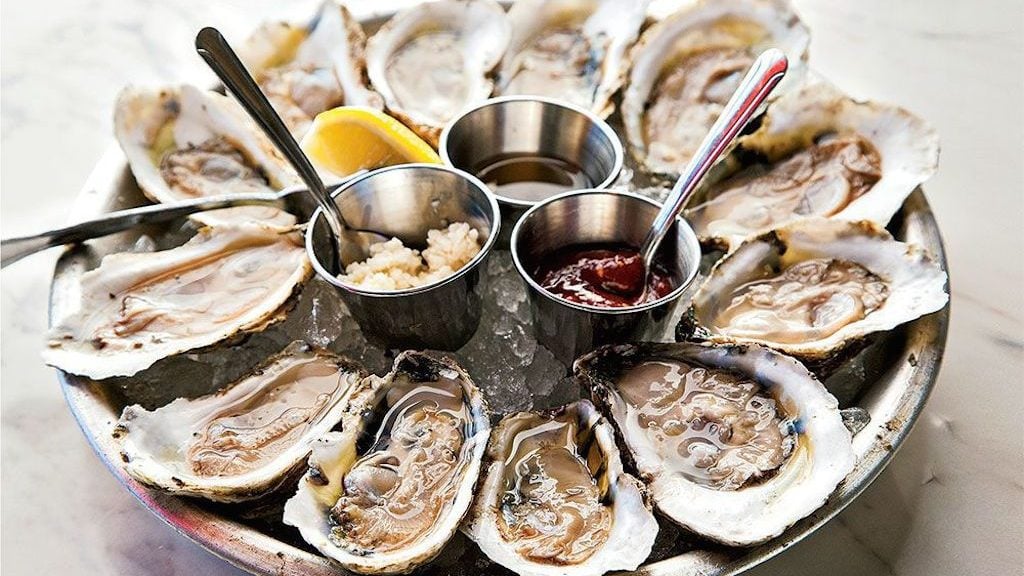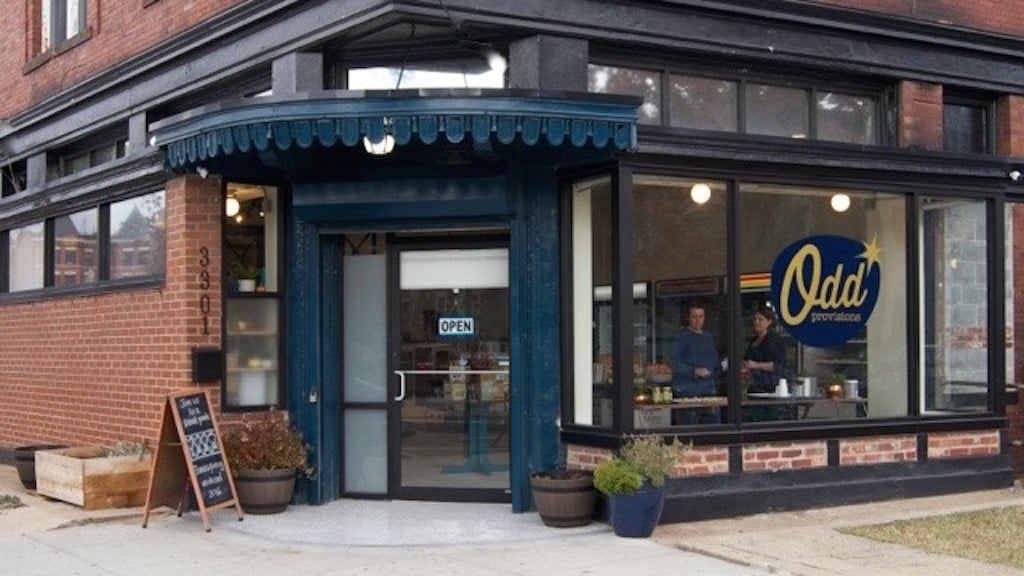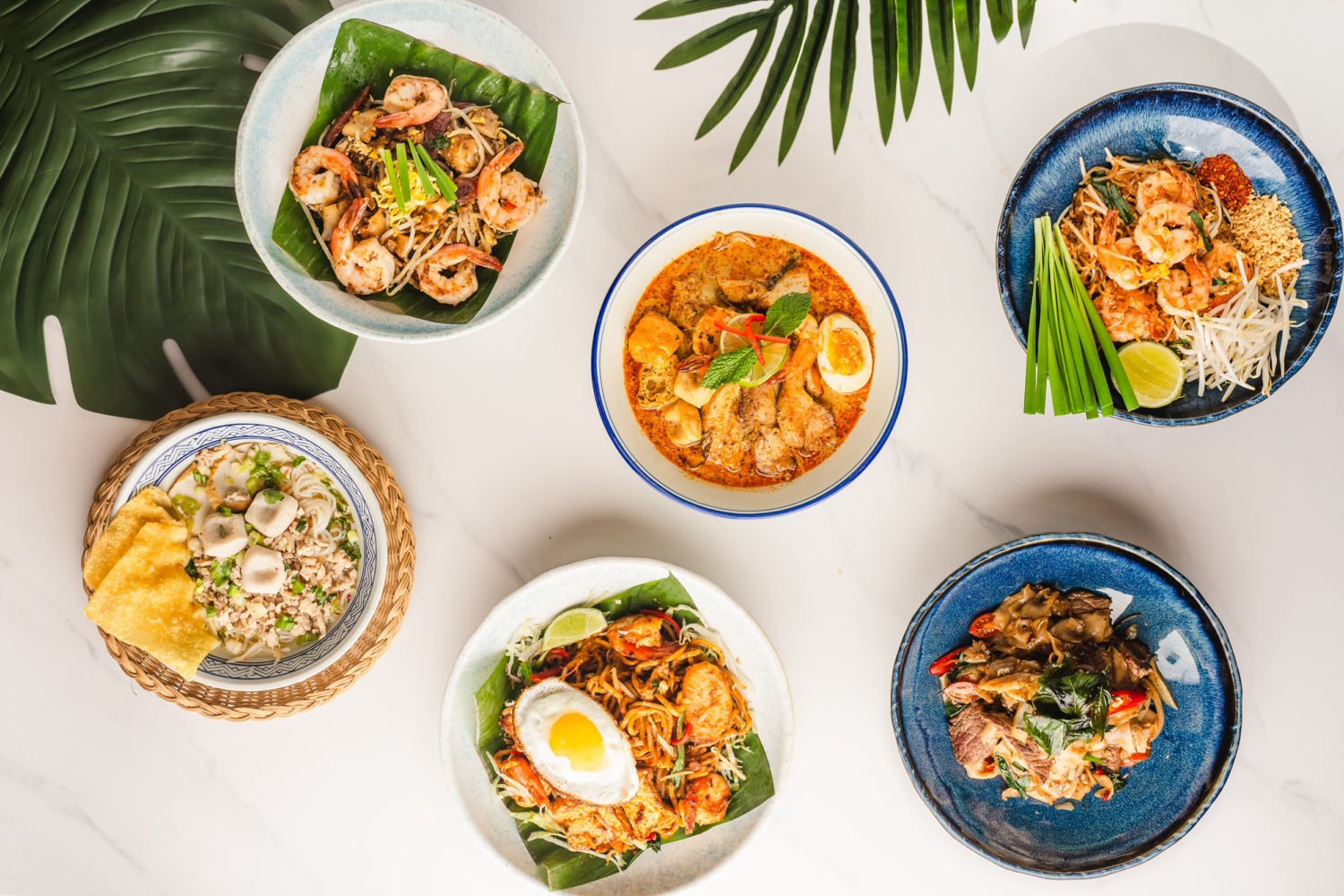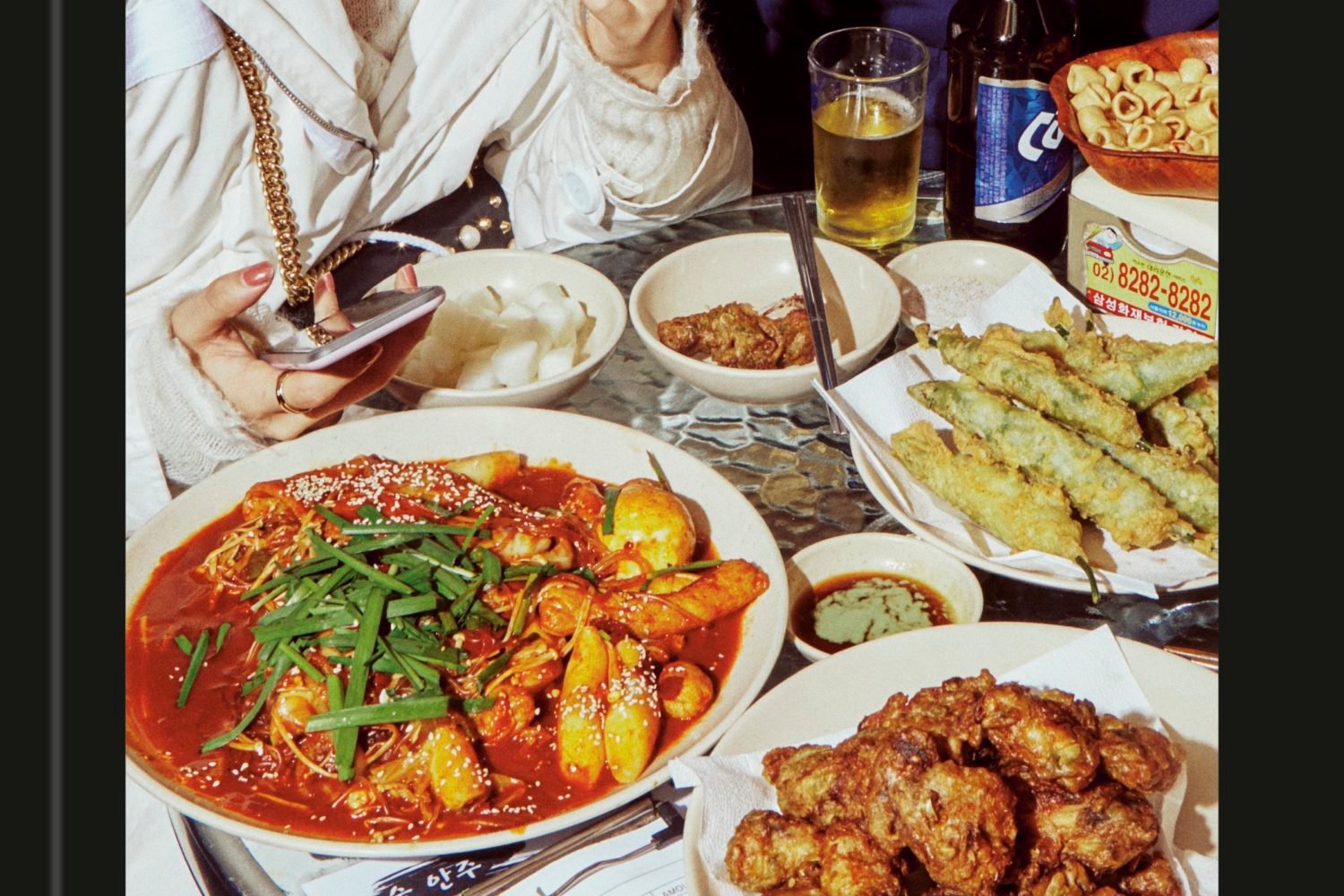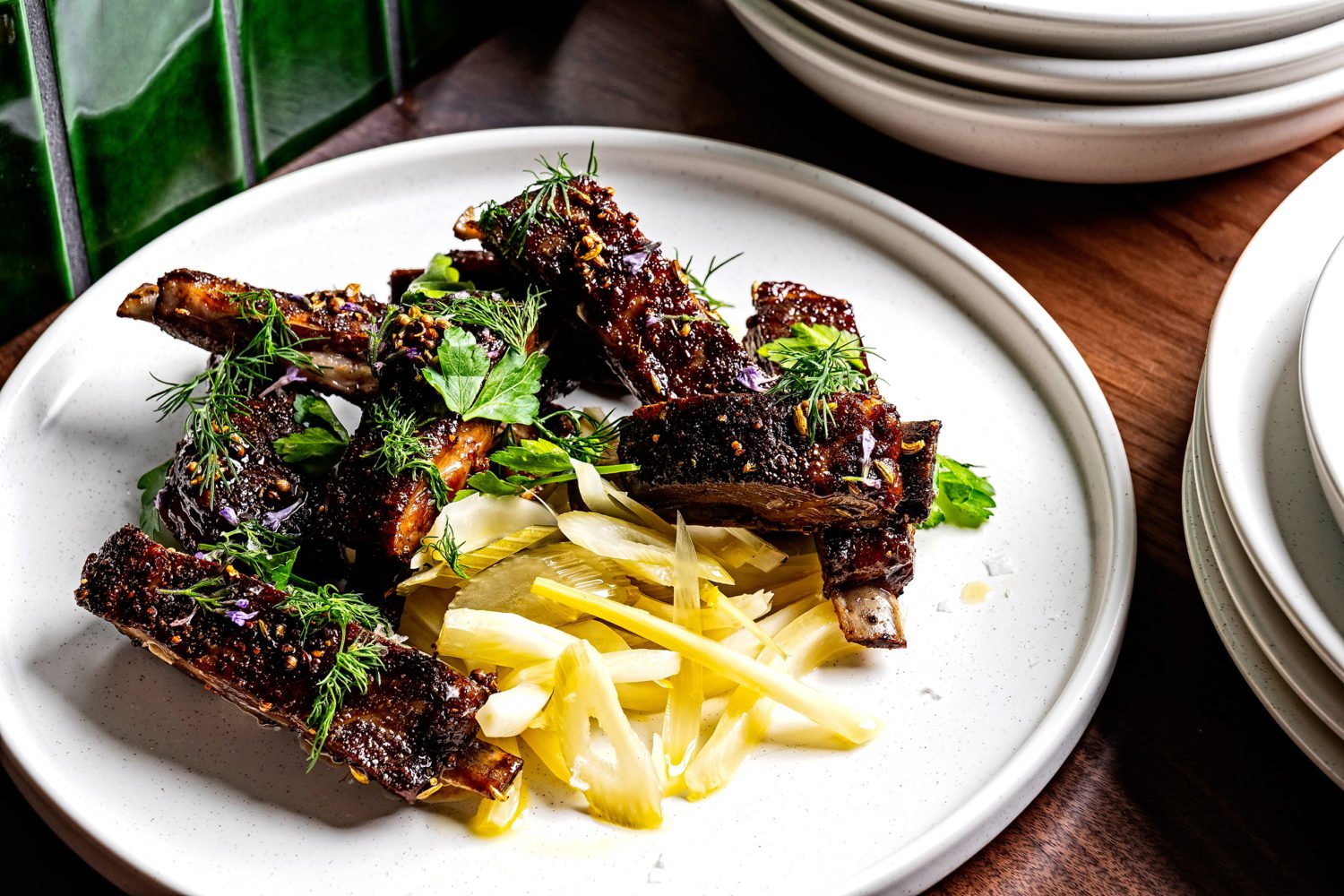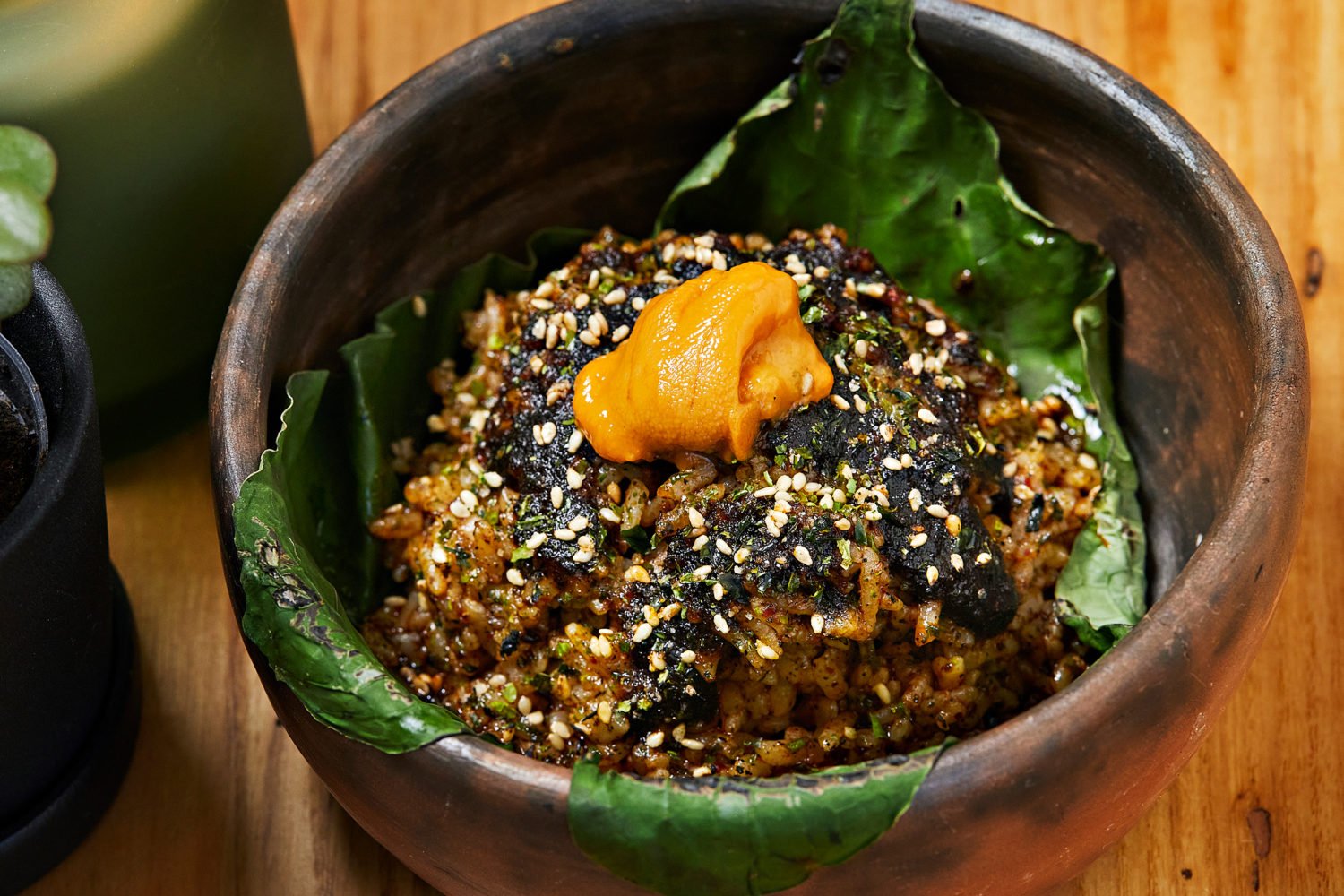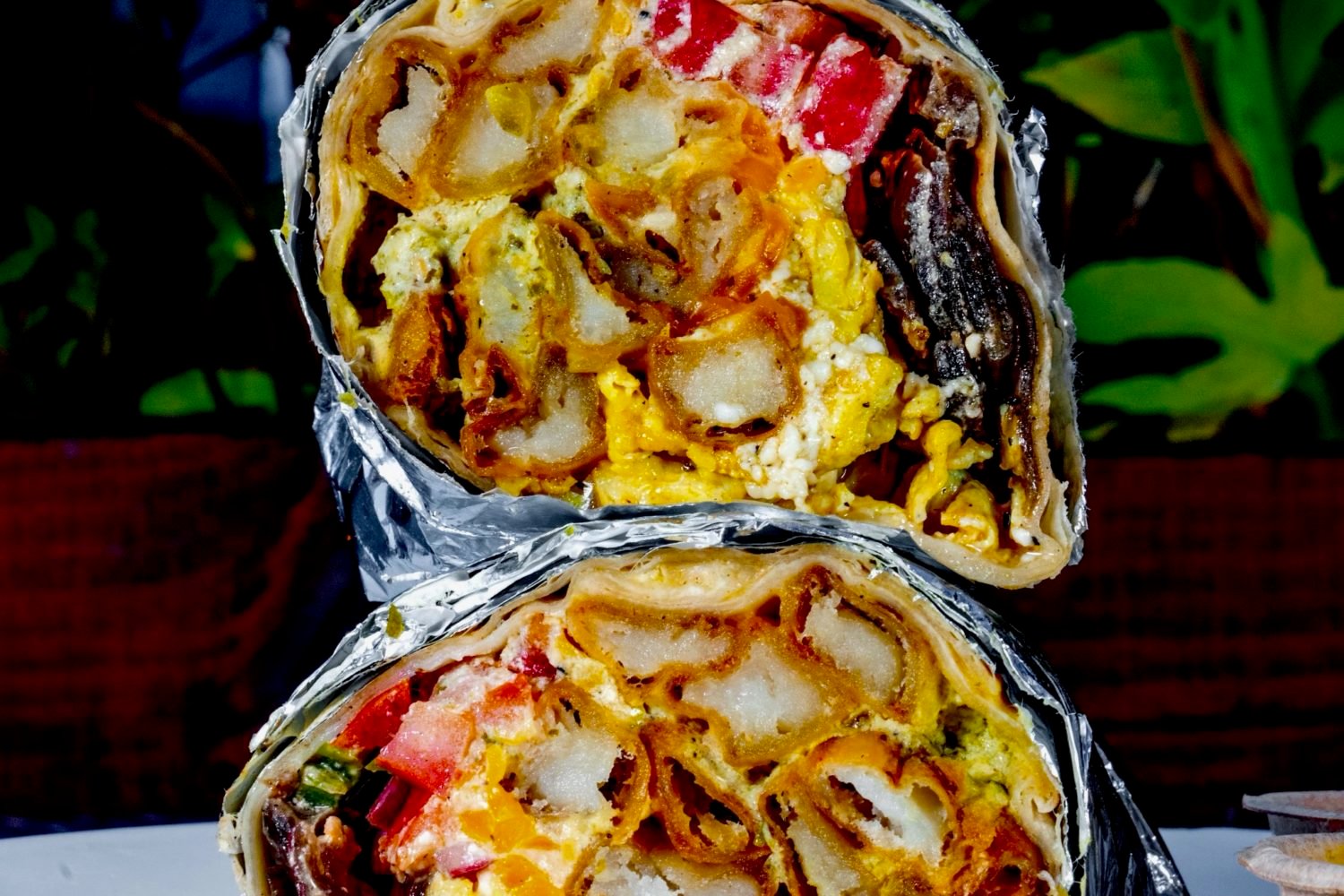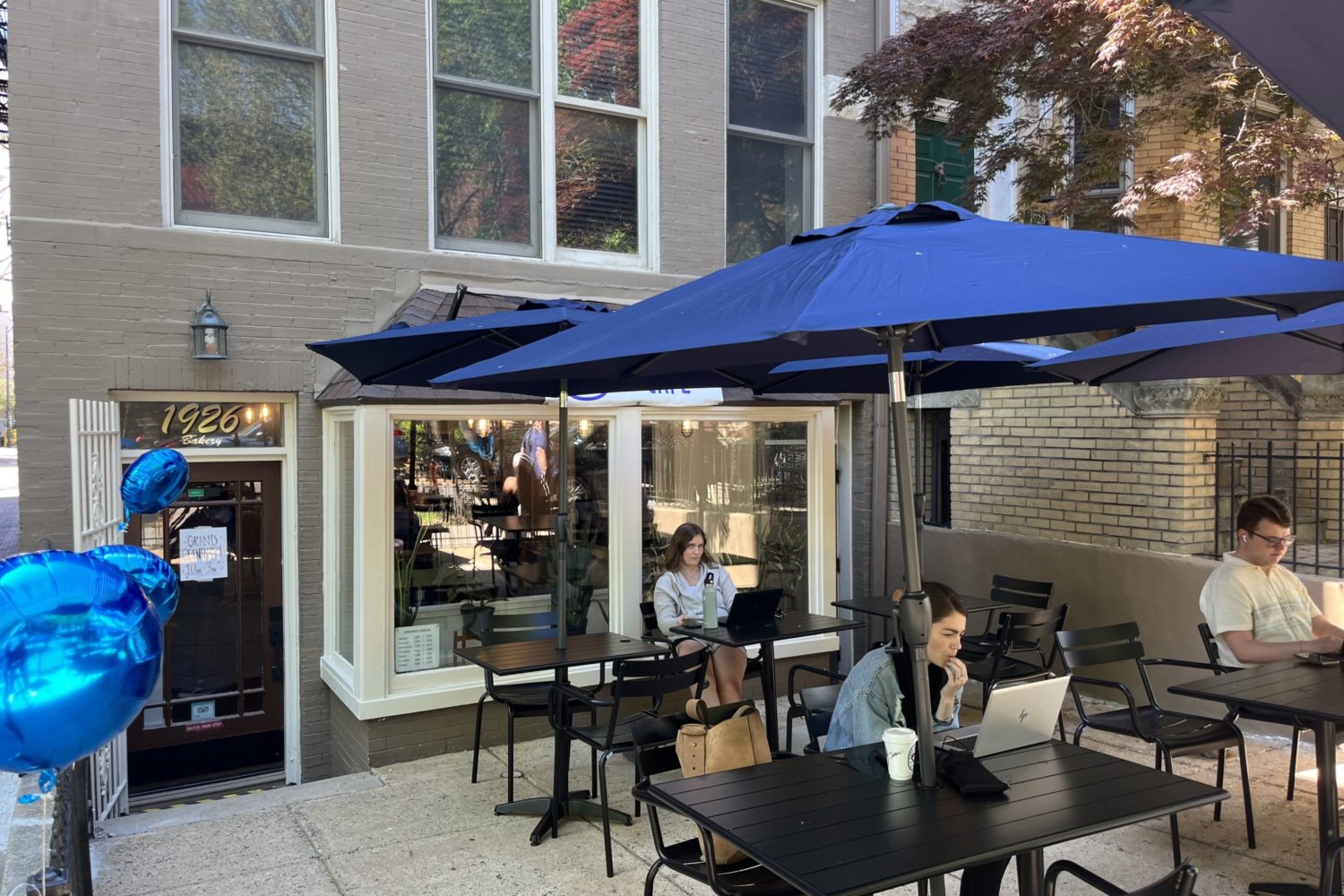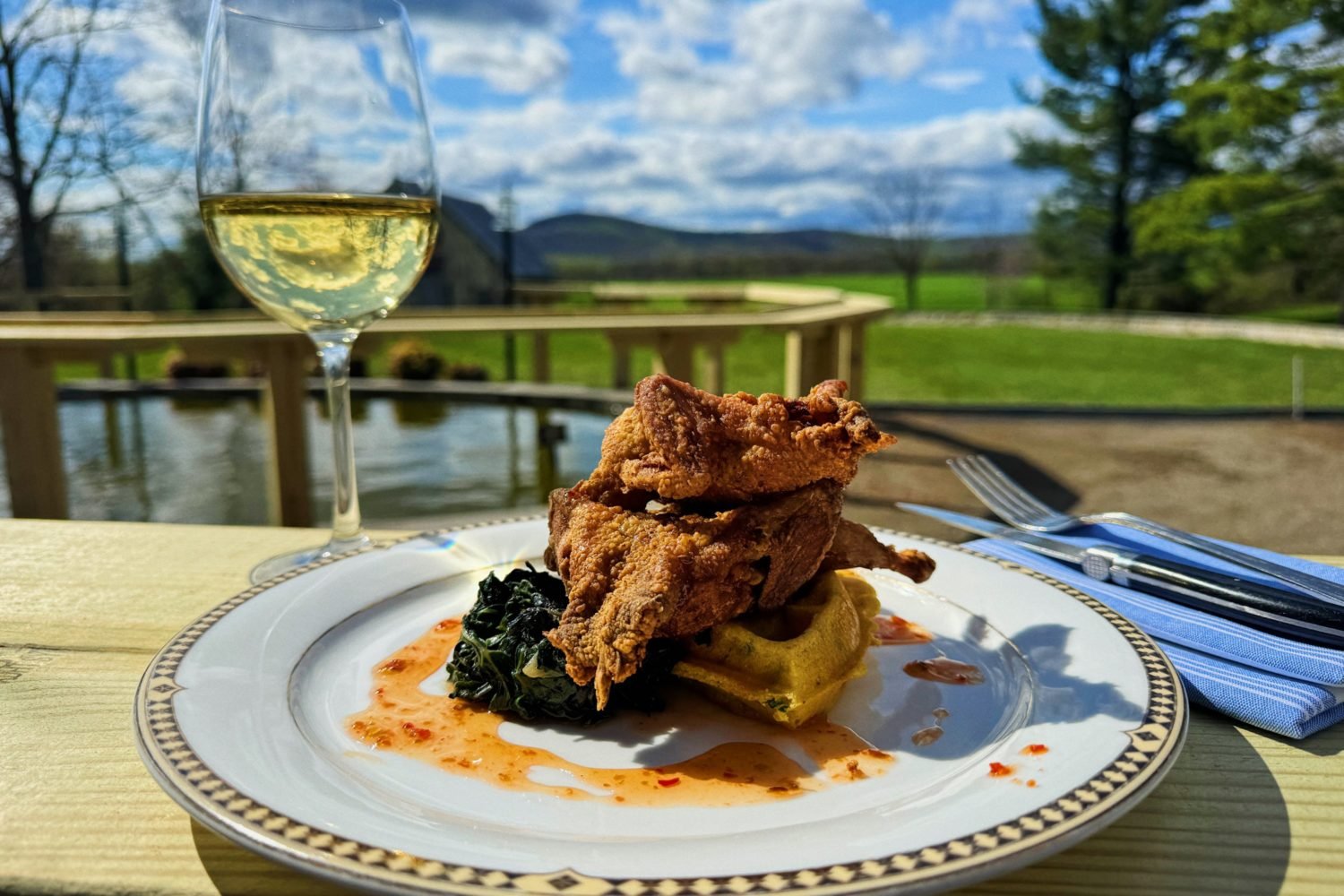Rappahannock Oyster Company‘s Olde Salts and Stingrays are all over DC-area restaurant menus. Lesser known is that their Chesapeake Bay bivalves have been showing up at swanky hotel buffets in Hong Kong for more than a decade. Now that they’ve tested out the logistics, the Virginia-based seafood company is looking to work with bigger distributors and increase its exports to Asia at least ten-fold in the coming years.
Rappahannock co-founders Travis and Ryan Croxton see an opportunity in the burgeoning middle class throughout Asia. France has already tapped into the market. So has West Coast seafood purveyor Taylor Shellfish. Rappahannock wants to be the first to introduce the world to the Chesapeake Bay.
“We think it’s the Napa Valley of oysters,” Travis Croxton says.
The Croxton cousins recently returned from a two-week trip to Asia, where they attended the Hong Kong Seafood Show and met with seafood distributors in Bangkok and Singapore. High-end hotels in Macau are also interested. “From their visits to America, they recognize the oyster names,” Travis Croxton says. “There’s a lot more interest this year than previous years.” He’s seen oyster bars popping up all over the place.
Currently, only about five percent of Rappahannock’s production—around 10,000 oysters a week—go overseas. Within a couple years, they’d like to increase that number to 100,000 a week.
Asians are most accustomed to gigas oyster species, also known as Pacific oysters, grown in France, the UK, Australia, and China. Rappahannock, however, grows virginica oysters, which have different shells and color. “We had a challenge when we started trying to get people to buy Bay oysters versus just Northeastern and Northwestern oysters,” Croxton says. “Now, our challenge is to present this new species to people over there.”
Rappahannock has found that its Asian audience isn’t as interested in the briny Olde Salts. “For most people, it’s way too salty,” Croxton says. Instead, they prefer the sweeter Rappahannock oysters.
Size also matters a lot more in Asia, where certain molluscs are prized for their “sexual powers.” When Rappahannock began exporting, the Chinese wanted eight-inch oysters—which they don’t grow. But as more Asians become familiar with Western oysters, they’re satisfied with the smaller shells.
The Rappahannock team visits all the facilities of companies they may work with to see how they handle the cold chain. “All of them say that they are the biggest exporter in Asia. Then you visit their facility and there’s no walk-in [refrigerator] in sight.”
They’ve also had to teach their Asian partners how to handle their oysters. For example, many distributors and restaurants keep oysters in tanks to keep them alive. “We keep telling them, ‘We don’t want our oysters in tanks,'” Croxton says. “Why import an oyster and then filter it with China Sea? It’s pretty gross.” The oysters—which make it from the farm to JFK airport to China within two days—will stay alive as long as they’re refrigerated.
Asia isn’t the only area of the world where you’ll find Rappahannock oysters. The company exports to Bogota, Colombia and Dubai, and the owners have their eyes on Mexico or maybe Peru next. Someday, Croxton would like to partner with a restaurateur in Dubai, Singapore or elsewhere to open up an oyster eatery abroad.
“We love to travel,” Croxton says. “So that’s a good excuse.”

